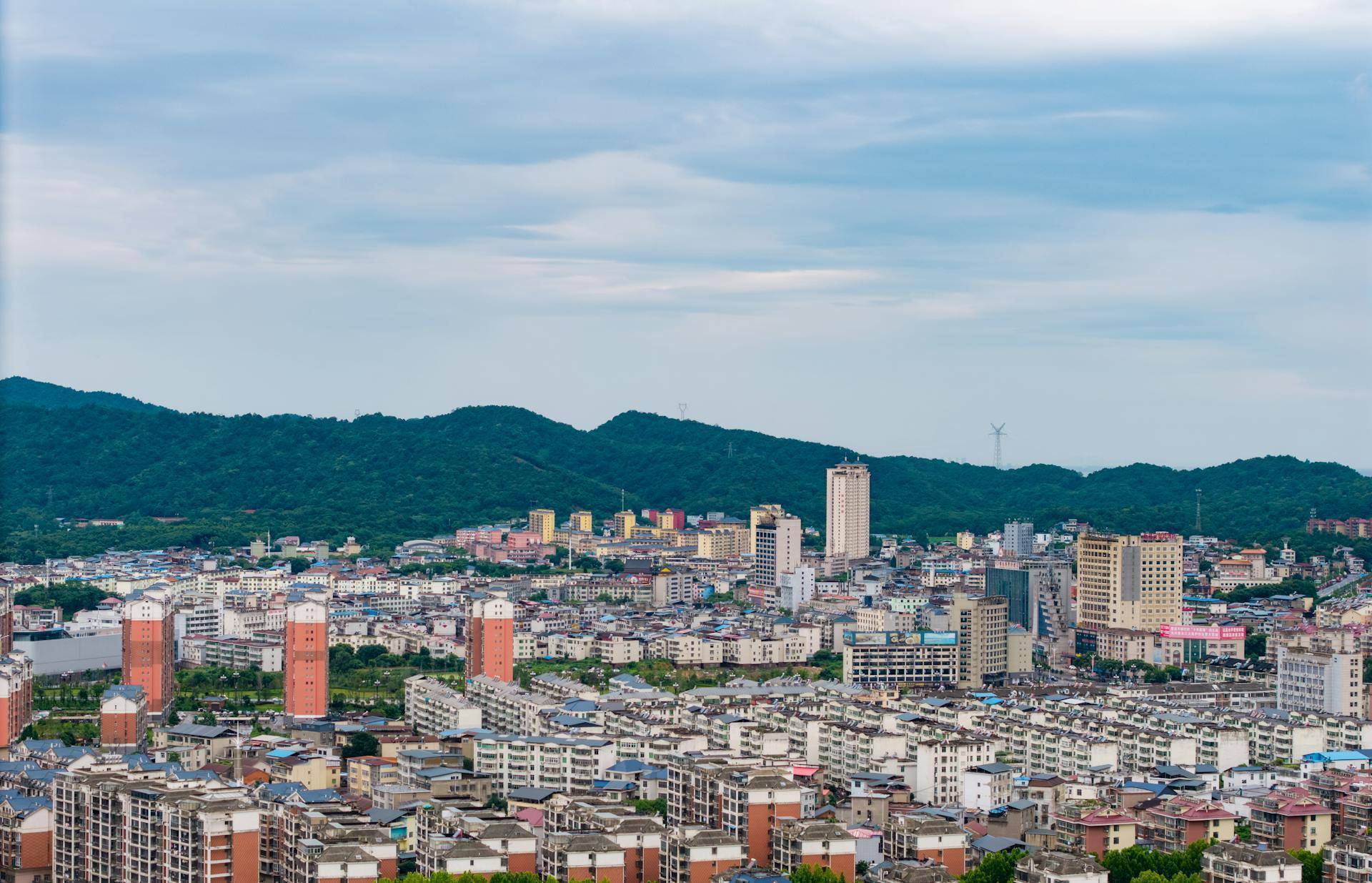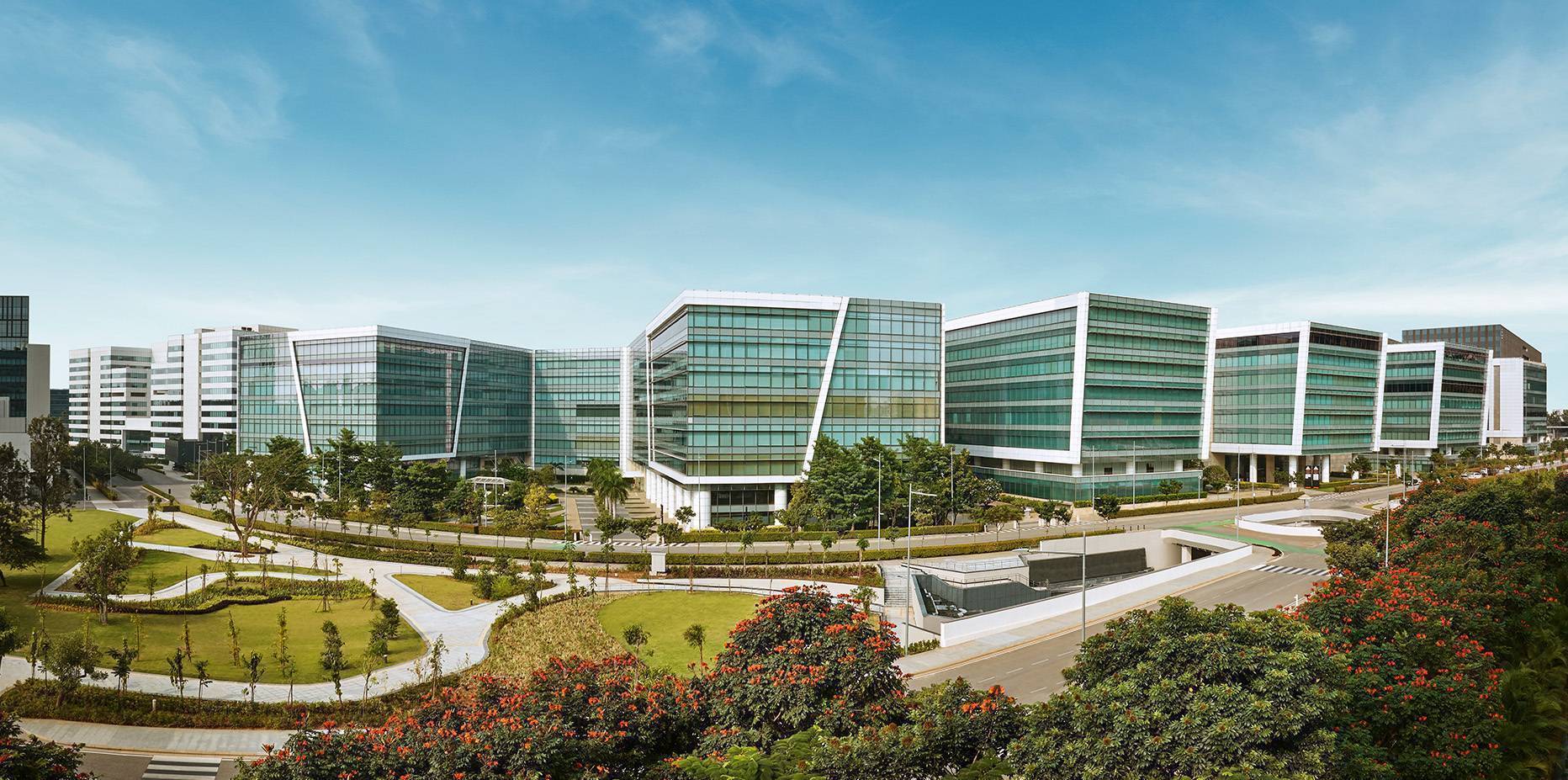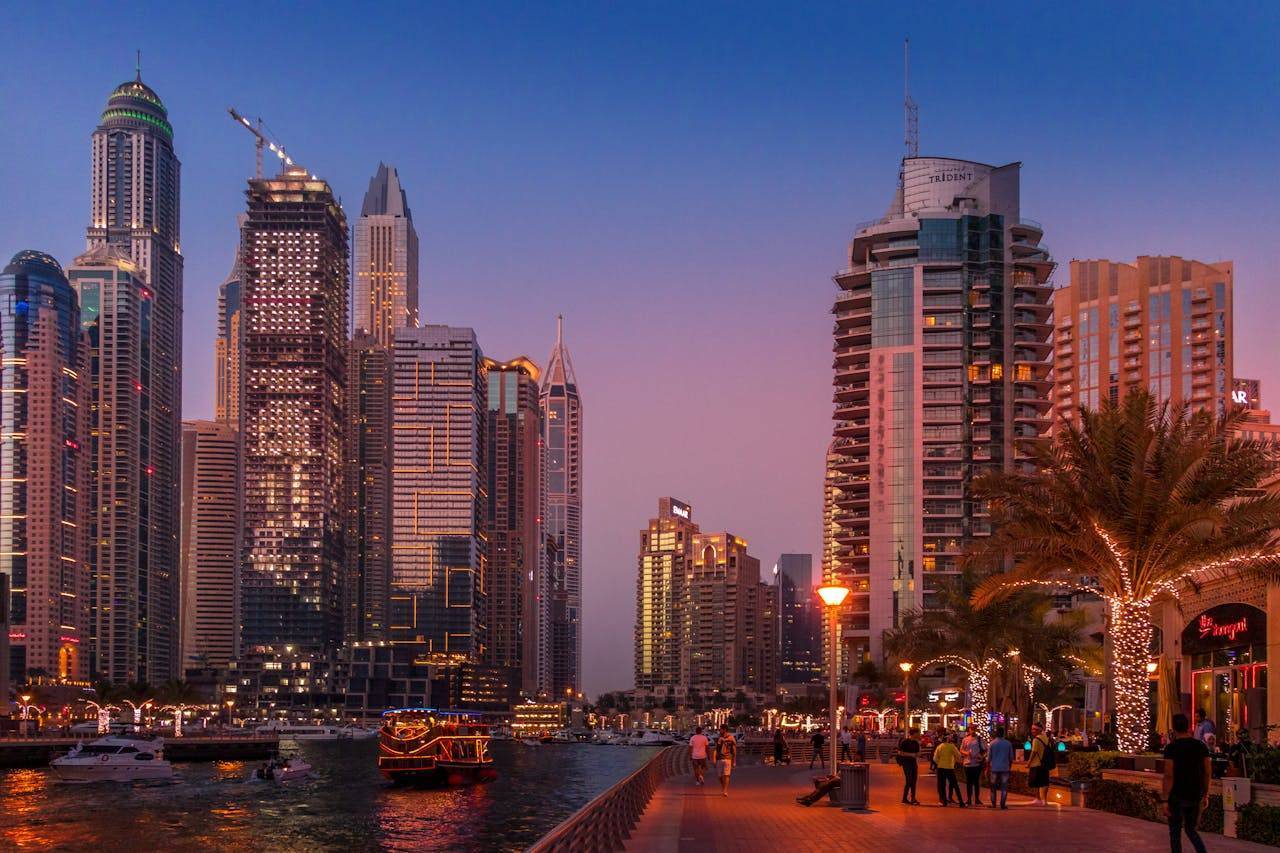Pune’s real estate market witnessed a moderate slowdown in May 2025, with 11,930 property registrations recorded during the month, marking a 3% decline from 12,280 registrations in May 2024. Data released by the Maharashtra Inspector General of Registration (IGR) also showed that stamp duty collections fell by 4% year-on-year, from ₹440 crore in May 2024 to ₹421 crore in May 2025.
The month-on-month decline was more pronounced. Compared to April 2025, when 14,421 units were registered, May saw a 17% drop in registration volumes. Stamp duty collections similarly saw a significant month-on-month contraction of 23%, falling from ₹547 crore in April to ₹421 crore in May. This marked the lowest monthly registration volume since October 2024.
According to Knight Frank India, this temporary drop in activity may reflect short-term transactional pauses, possibly linked to buyer wait-and-watch behaviour or project-level timing issues. Despite the dip, the overall trajectory of the market in 2025 has remained upward.
From January to May 2025, Pune recorded 99,339 property registrations, representing a 16% increase compared to the same five-month period in 2024. Stamp duty collections over this period totaled ₹3,687 crore, marking a 20% year-on-year rise. These figures indicate increased participation in higher-value property transactions and better compliance with registration norms.
Commenting on the May performance, Shishir Baijal, Chairman and Managing Director of Knight Frank India, noted that the slowdown was primarily observed in the mid-to-premium segment, especially in properties priced between ₹1 crore and ₹5 crore. However, he added that on a cumulative basis, the market remains strong, and the year so far has seen robust demand and transaction activity.
An analysis of the pricing segments revealed that properties priced above ₹1 crore accounted for 19% of the total registrations in May 2025, up from 14% in the same month last year. This trend points to growing interest among buyers in the higher-end segments of the market, which has seen increased activity over the past year. However, homes priced below ₹1 crore continued to form the backbone of the market, comprising 81% of total registrations during the month.
The demand for larger homes also continued to show marginal improvement. The share of units measuring above 800 sq ft increased from 31% in May 2024 to 32% in May 2025. This suggests a continued preference for more spacious living environments, a trend that gained prominence after the pandemic and remains relevant in current homebuyer preferences.
While May's performance showed signs of deceleration, developers and analysts do not view this as a sign of weakening fundamentals. Market observers suggest that the May decline could be attributed to seasonal factors or a temporary gap between new project launches and registration cycles. Developers are expected to step up new launches in the second half of the year, which could support a renewed rise in registration volumes.
Some market participants also point to broader macroeconomic factors, including interest rate stability and improved consumer sentiment, as supporting pillars for residential real estate in Pune. The increased share of higher-value transactions reflects that affordability is still crucial, but buyer appetite in the mid-to-premium range has grown steadily.
Additionally, improved digital registration systems and process efficiency at the IGR office have helped maintain registration momentum even during periods of overall market fluctuation. The increased stamp duty collection further indicates that the market is not only expanding in volume but also in value, driven by improved transparency and adherence to compliance norms.
The developers and analysts remain cautiously optimistic. The upcoming festive season and mid-year launch pipeline are expected to bring renewed traction in buyer activity. Several large-scale township projects, redevelopment initiatives, and infrastructure linkages, such as metro rail extensions and ring roads, are also likely to support market expansion.









